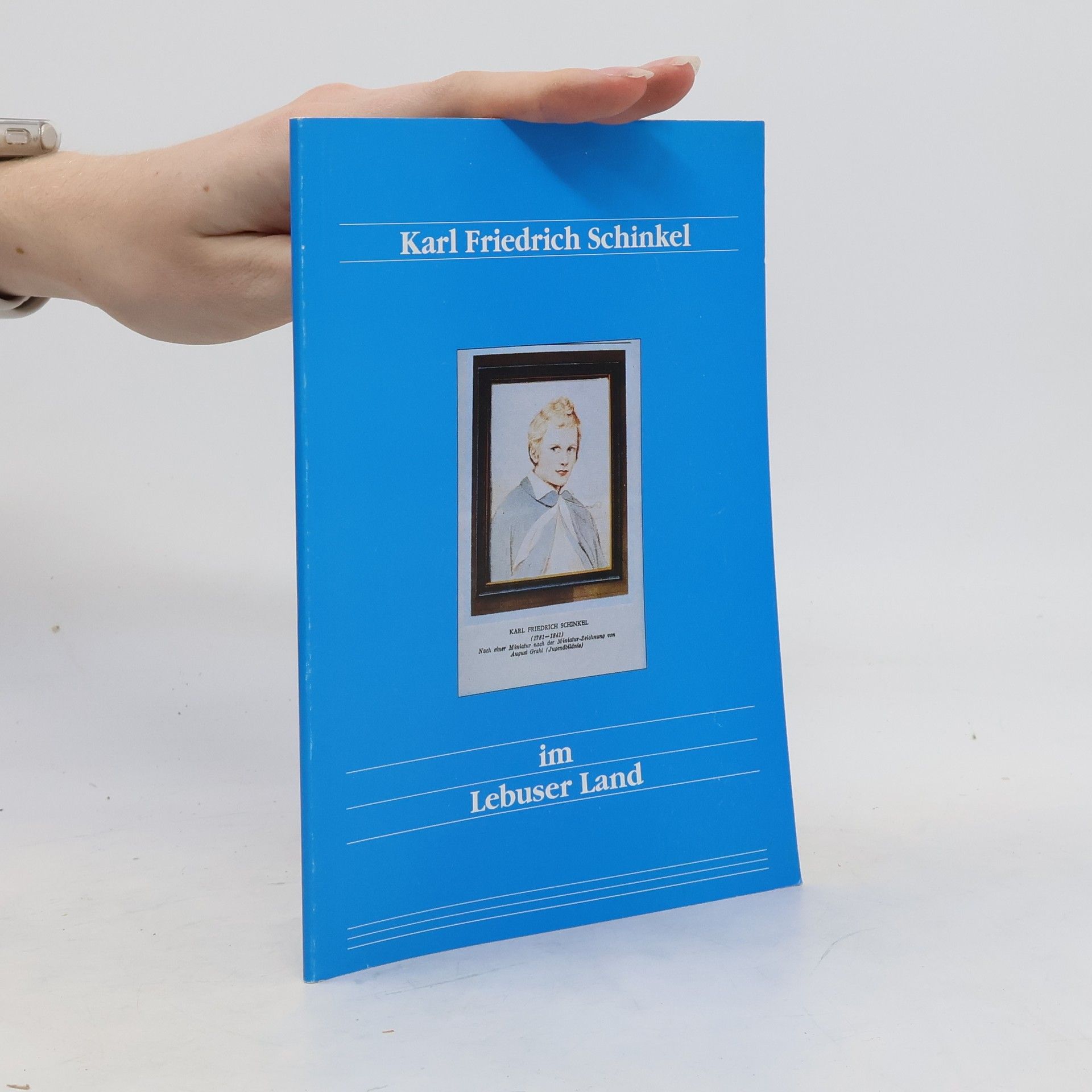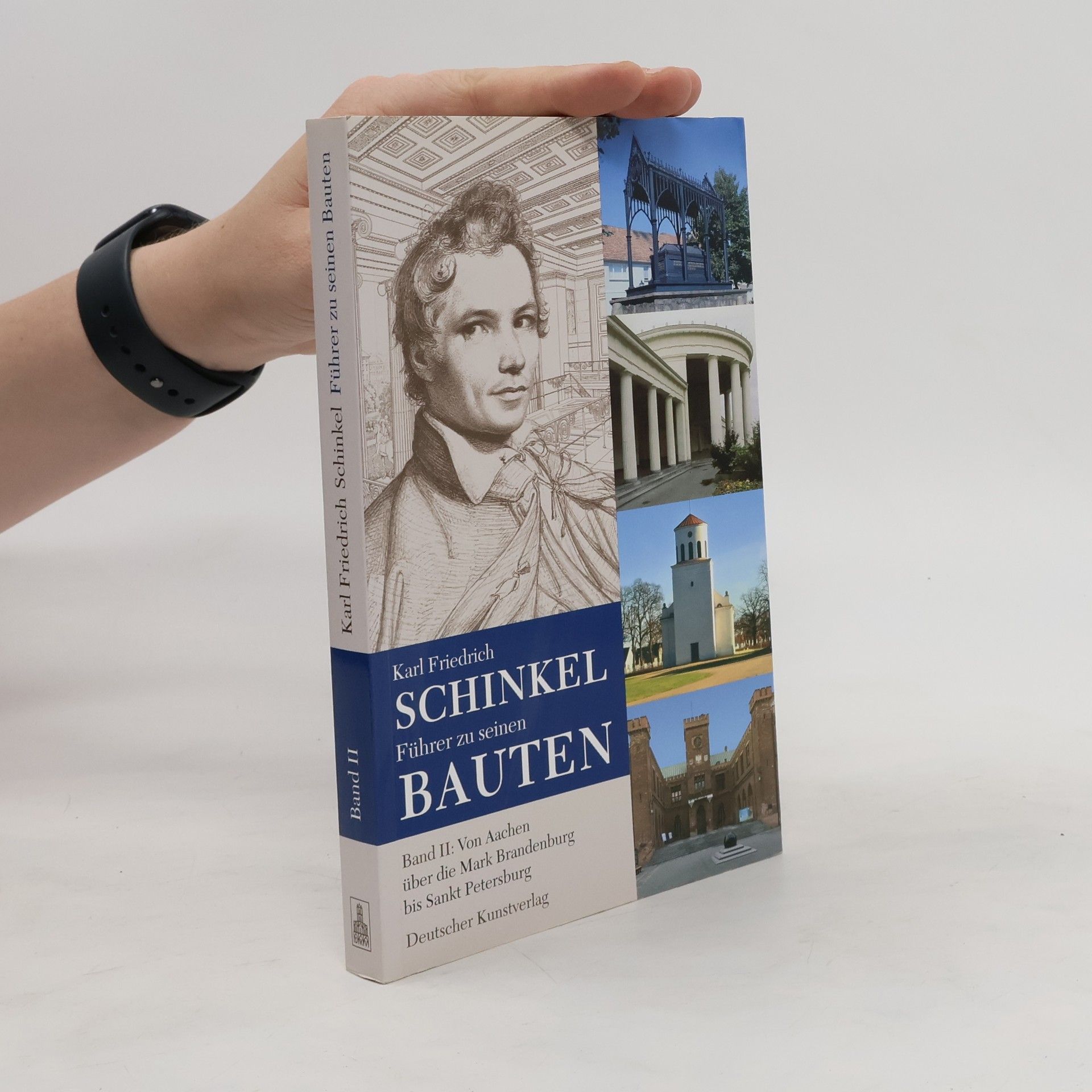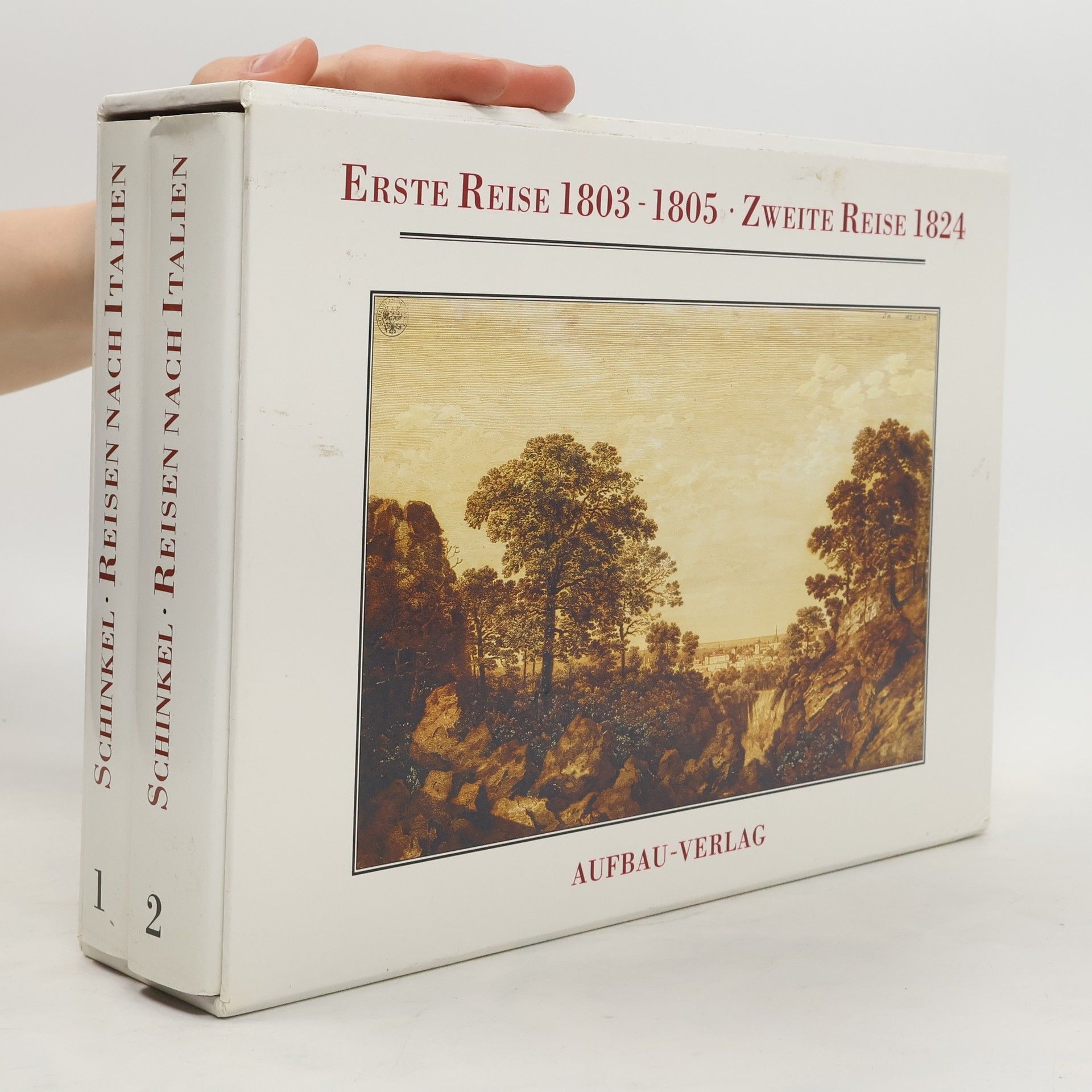In 1825, the small farmstead in Sanssouci park was put up for sale, prompting Hofmarschall von Maltzahn to inform the King of Prussia that its acquisition would enhance the grounds. Peter Joseph Lenné quickly produced a garden plan for the Crown Prince, later King Friedrich Wilhelm IV. Lenné and architect Schinkel had previously collaborated in 1816, establishing a partnership likened to the renowned collaboration between John Nash and Humphry Repton. Construction of the palace, aligned with a strict garden axis, took place from 1826 to 1829, followed by the development of the Hofgärtnerhaus and its adjacent facilities, known as the 'Roman Baths', from 1829 to 1840. The Crown Prince actively participated in planning, contributing over 100 sketches and referring to Charlottenhof as 'my Siam', symbolizing a vision for a harmonious society. This site remains Schinkel’s only fully preserved work, enveloped by Lenné’s meticulously maintained landscape garden. Heinz Schönemann, as curator, oversaw the preservation of these historic sites until retirement. Architectural photographer Reinhard Görner, respected for interpreting architectural works, contributes to a series curated by Axel Menges, who selects titles based on quality and ensures each volume begins with an engaging, scholarly essay.
Karl Friedrich Schinkel Books
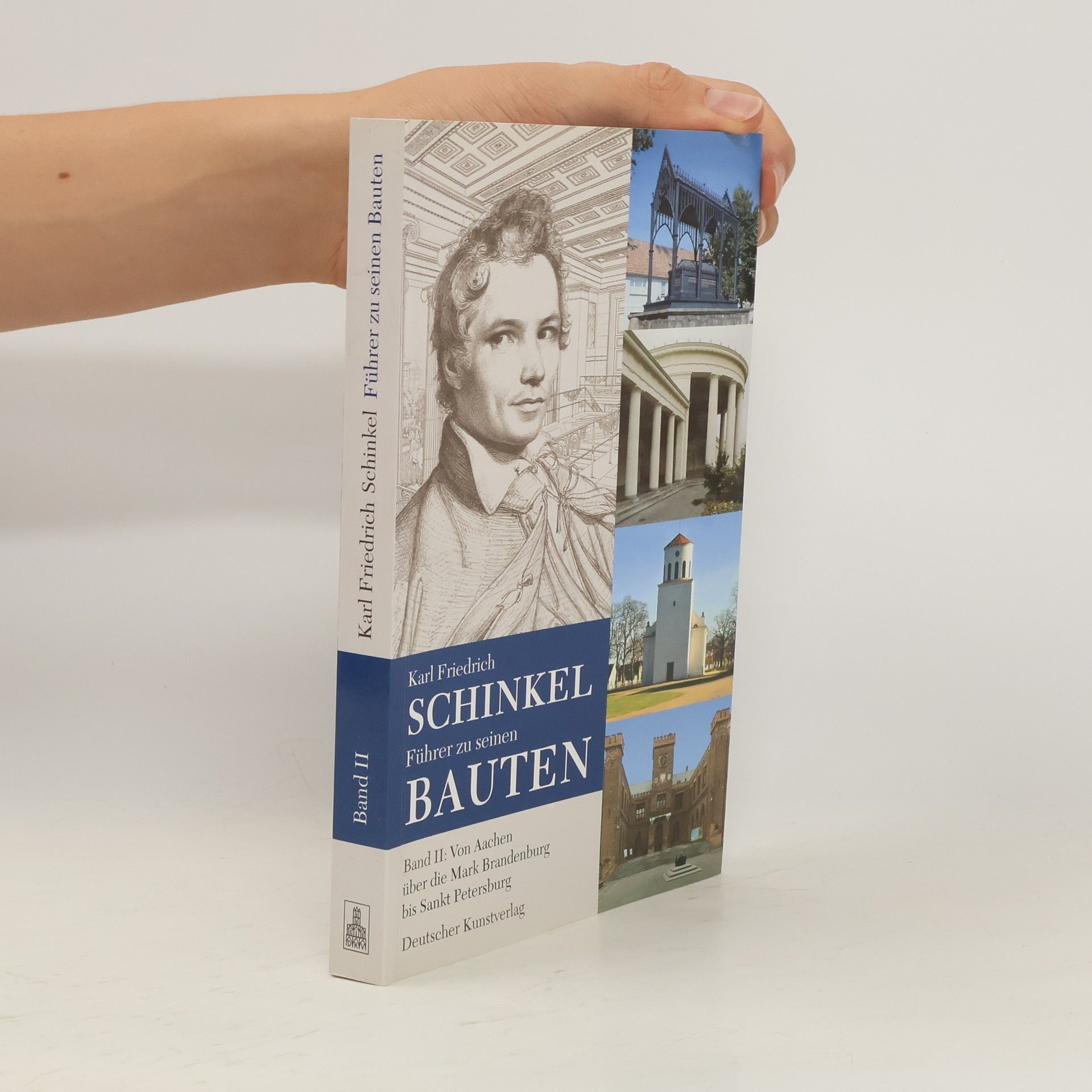
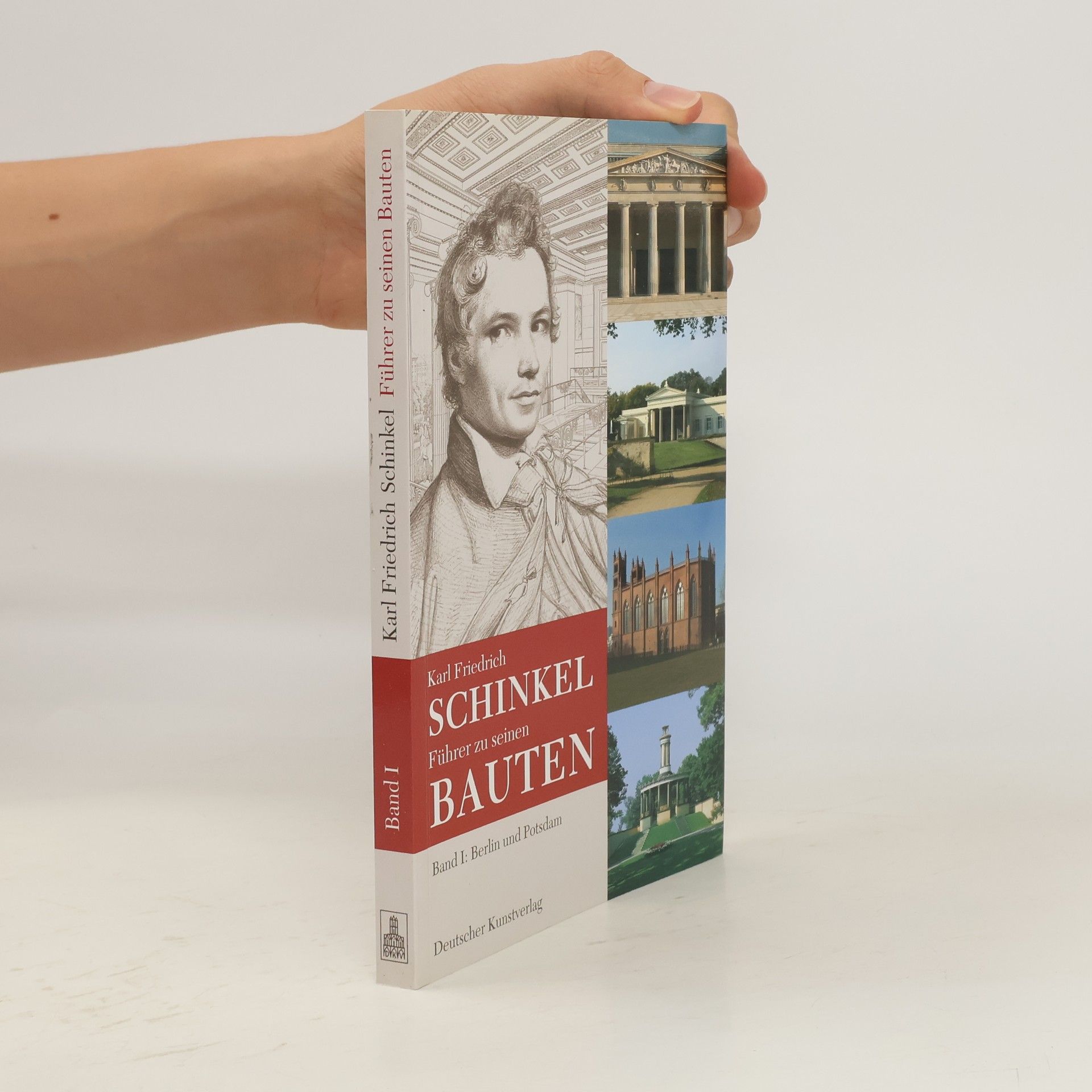
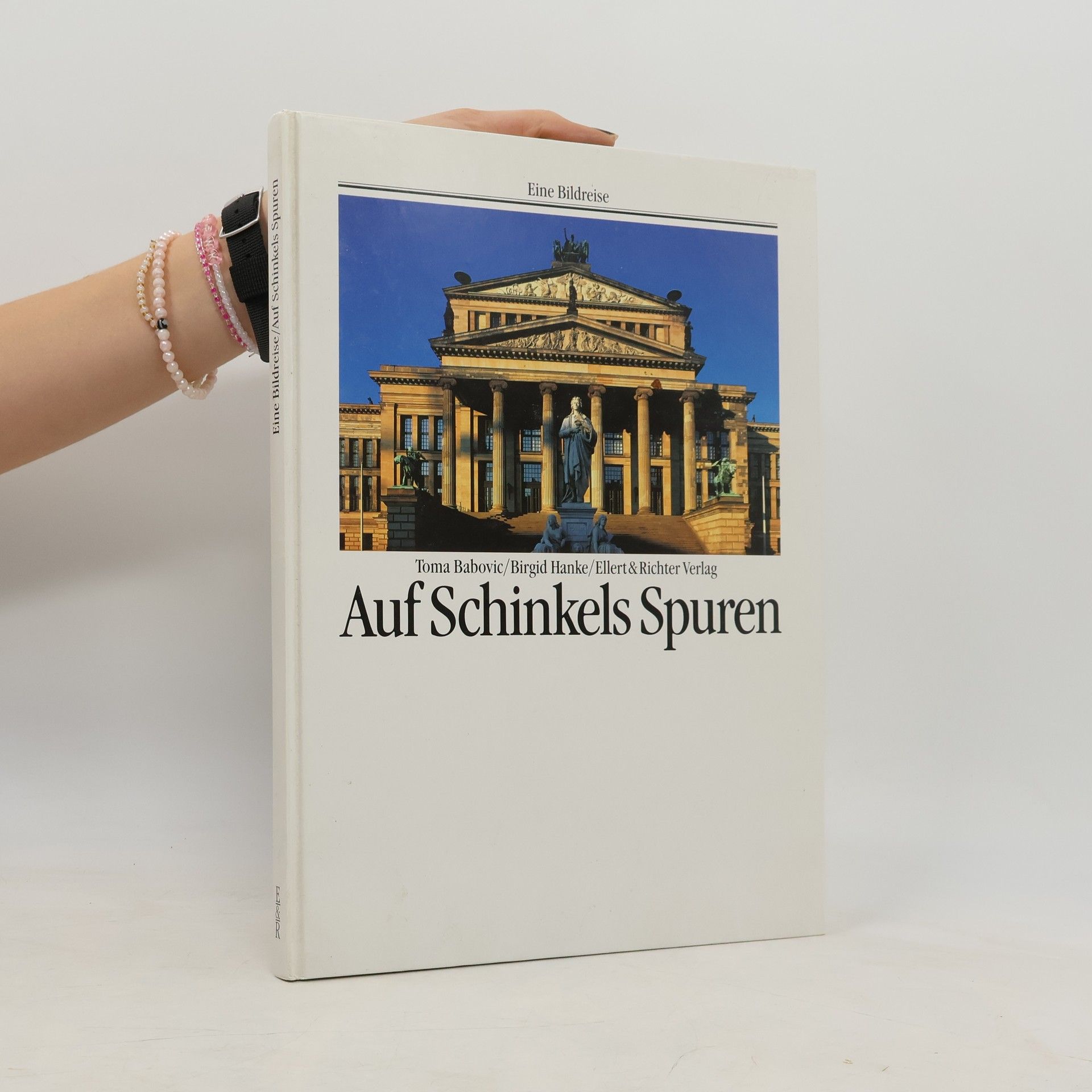


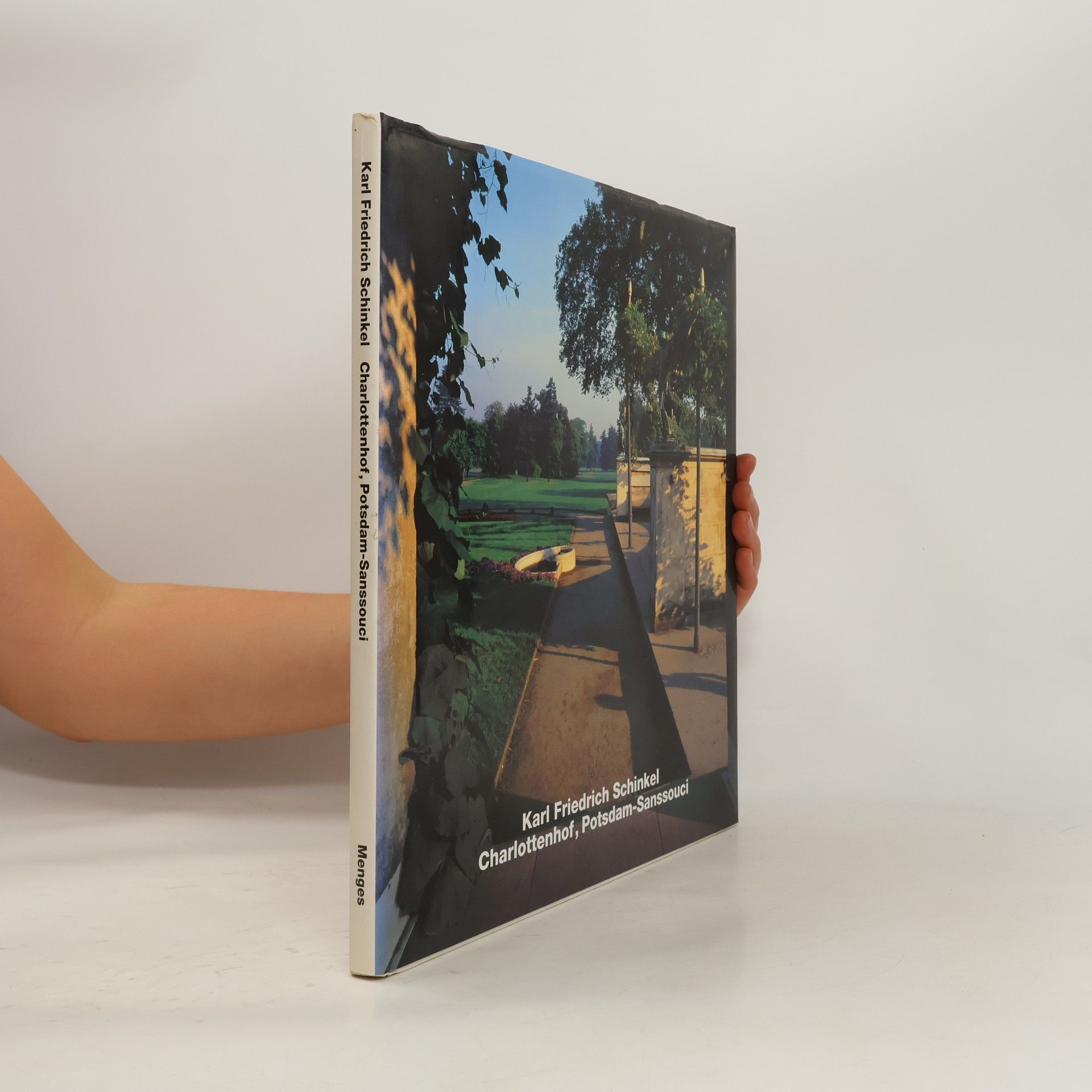
Karl Friedrich Schinkel
- 400 pages
- 14 hours of reading
This delightful book is the first comprehensive guide to all extant buildings of the great German architect Karl Friedrich Schinkel. With detailed descriptions and color illustrations, it takes the reader from Aachen through Potsdam and Berlin to St. Petersburg. On the occasion of his 225th birthday on March 13, 2006, the compact guide on the work of this universally talented architect was published in German. Now it is available in English, detailing almost 150 remaining buildings, ranging from churches and palaces to museums, technical buildings and monuments. Schinkel's buildings are spread from the Rhineland to Russia, with a particular focus on Berlin and Potsdam, where Schinkel created his most famous buildings, such as the Altes Museum, the buildings on Peacock Island or the Nikolaikirche in Potsdam.
Führer zu seinen Bauten I
Berlin und Potsdam
Karl Friedrich Schinkel II
Führer zu seinen Bauten
Führer Zu Seinen Bauten II.
Von Aachen bis Sankt Petersburg

